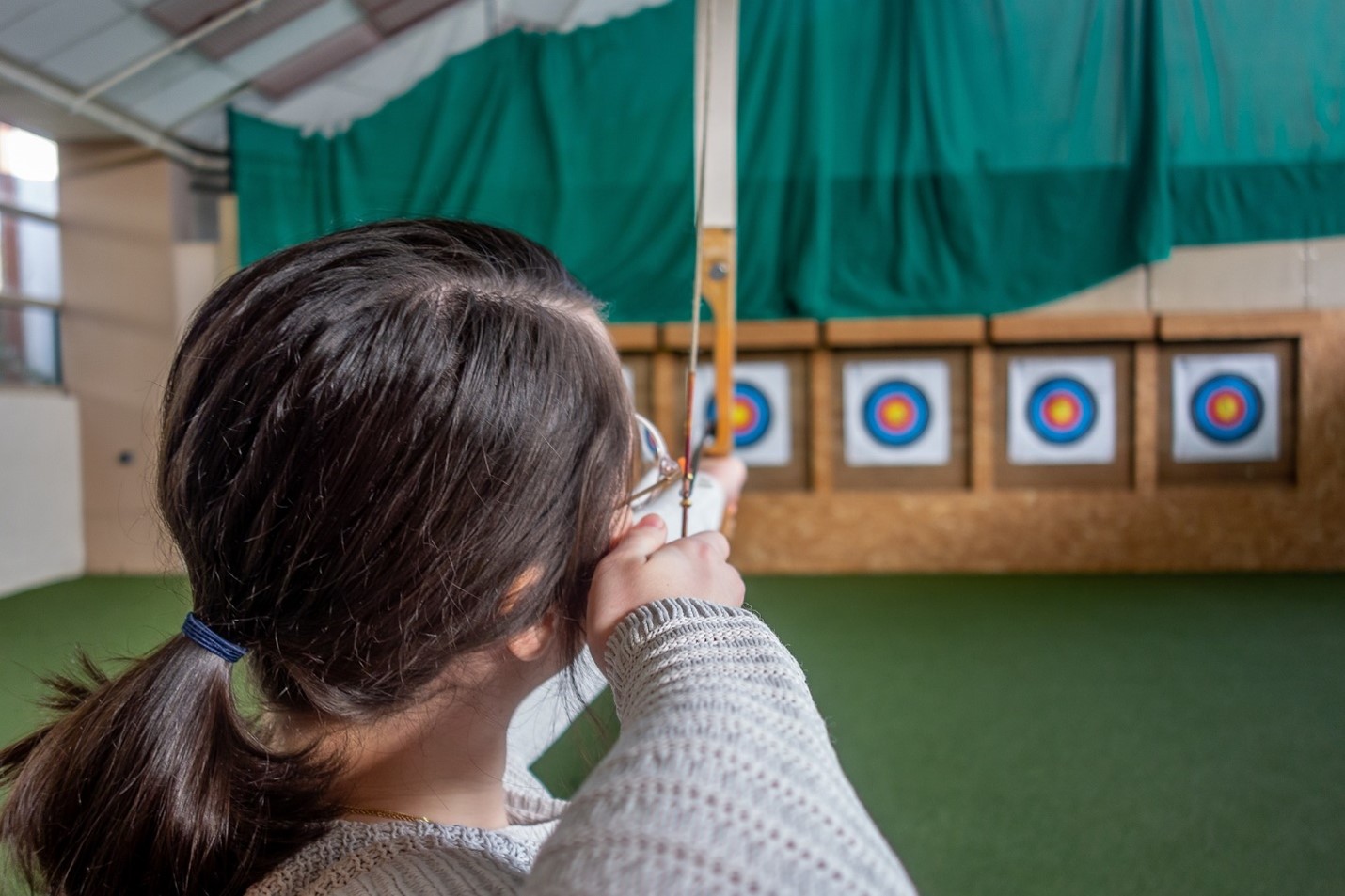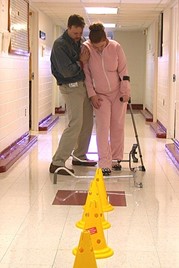Written By: Geoff Mosley, PT, NCS
 As I enjoy watching the perennial sports finales this time of year, it puts me in mind of certain famous “choking” moments in sports history. Who could forget the New York Yankees blowing a 3-0 series lead to let the Boston Red Sox win the ALCS in 2004, thereby breaking the “Curse of the Bambino?” Or how Greg “The Shark” Norman led comfortably coming into the final round of the 1996 Master’s golf tournament but somehow lost the green jacket to Nick Faldo? CLICK HERE to see more amazing “choke” moments in sports.
As I enjoy watching the perennial sports finales this time of year, it puts me in mind of certain famous “choking” moments in sports history. Who could forget the New York Yankees blowing a 3-0 series lead to let the Boston Red Sox win the ALCS in 2004, thereby breaking the “Curse of the Bambino?” Or how Greg “The Shark” Norman led comfortably coming into the final round of the 1996 Master’s golf tournament but somehow lost the green jacket to Nick Faldo? CLICK HERE to see more amazing “choke” moments in sports.
Having experienced this phenomenon myself several times over the years (both in athletic and non-athletic endeavors), I have felt both frustrated and mystified as to how a well-practiced, well-planned, and well-prepared performance can go down in flames when the heat is on. Cue motor learning research! Turns out, the same reasons for choking also play a vital role in how our patients learn and master skills under our tutelage. It all comes down to focus.
Where one focuses their attention during skill performance turns out to be just as important to technique in how skills are learned. For starters, when we try out a new activity, we spend a lot of time focusing on what our body is doing. I will use as an example when I decided I’d like to take up golf (unfortunately it was not a long-lived passion). As I practiced my swing at the driving range, I spent a lot of time thinking about my posture, my arm position, keeping my head still, etc. This is a vital part of the initial stage of motor learning.
However, as I developed my ability to hit the ball more consistently and accurately, there had to come a point where my focus shifted. As my swing became more fluid and automatic, my attention needed to change from my internal body workings to both the ball and the target (the hole). This switch needs to happen for us to move the motor control from our inefficient and often clumsy conscious system to our much more adept subconscious one. Anatomically this means lowering the influence of the cerebral cortex and relegating things to the basal ganglia and cerebellum. When we don’t do this, and stay overly focused on our bodily movements, we interfere with learning and performance. Hence, my golf swing was never consistent because I was overly focused on my lead elbow extension and my back posture, and The Shark blew a 6-stroke lead.
 Where this impacts our patients is obvious. Once they learn the basic motions of a skill (i.e., walking after a stroke, eating with Parkinson’s tremor, etc.) it is incredibly important for them to shift focus away from their internal awareness to something external to allow the implicit motor control system to fully take over. This is where we as therapists can either hinder or help the process.
Where this impacts our patients is obvious. Once they learn the basic motions of a skill (i.e., walking after a stroke, eating with Parkinson’s tremor, etc.) it is incredibly important for them to shift focus away from their internal awareness to something external to allow the implicit motor control system to fully take over. This is where we as therapists can either hinder or help the process.
Think about the most frequent cues you give as a therapist. I find myself saying things like, “pick up your foot,” “straighten your knee,” or “stand tall” more often than I’d like to admit. By simply tweaking our cues to redirect the patient’s concentration externally, we can make an immediately noticeable difference in performance and skill retention. So, instead of instructing your patient to take larger steps, you can either tell them to imagine walking in tall grass or place obstacles to step over on the floor. For someone working on extending the elbow out of synergy, direct him to “try and hit the cone” versus “straighten your elbow”. When possible, supply some sort of target that the patient can aim for (real or imaginary) and divert their attention there instead of using tried and tired self-directed cues. You will be amazed of how these little tweaks can greatly enhance your patients’ recovery!
Want to learn more? Register for my upcoming Live Webinar, Improving Motor Function for Patients with Neurological Impairment, on January 28, 2023!
Visit summit-education.com for more information.
References:
Wulf, G., & Lewthwaite, R. (2016). Optimizing performance through intrinsic motivation and attention for learning: The OPTIMAL theory of motor learning. Psychonomic bulletin & review, 23(5), 1382-1414.
Zachry, T., Wulf, G., Mercer, J., & Bezodis, N. (2005). Increased movement accuracy and reduced EMG activity as the result of adopting an external focus of attention. Brain research bulletin, 67(4), 304-309.
